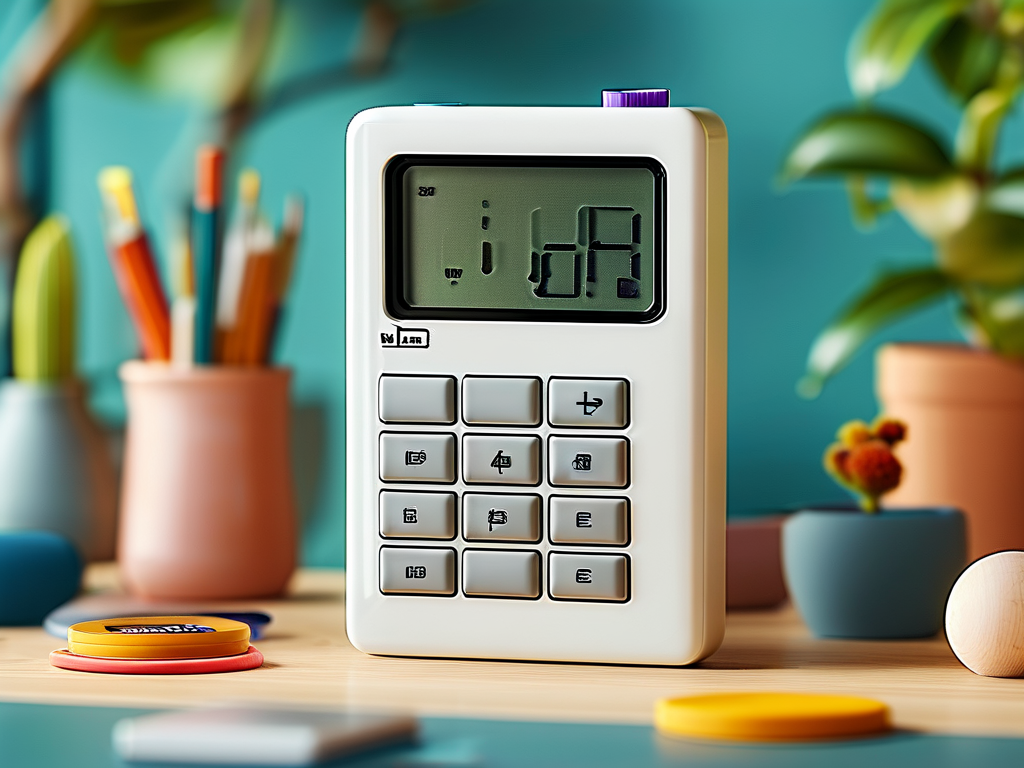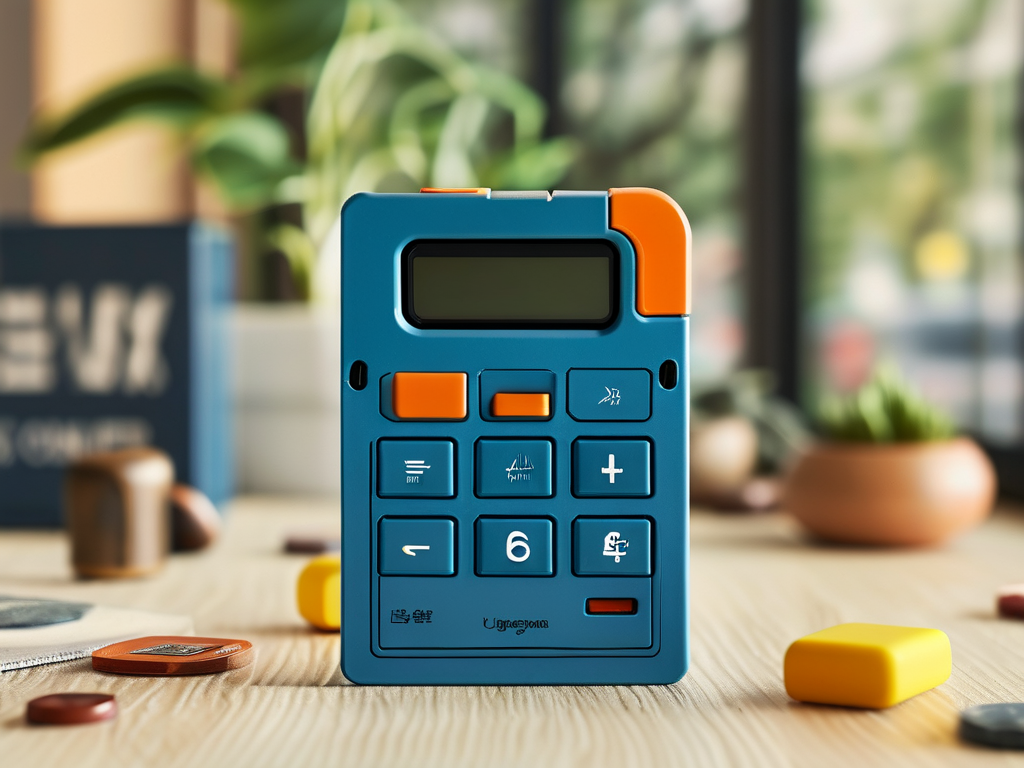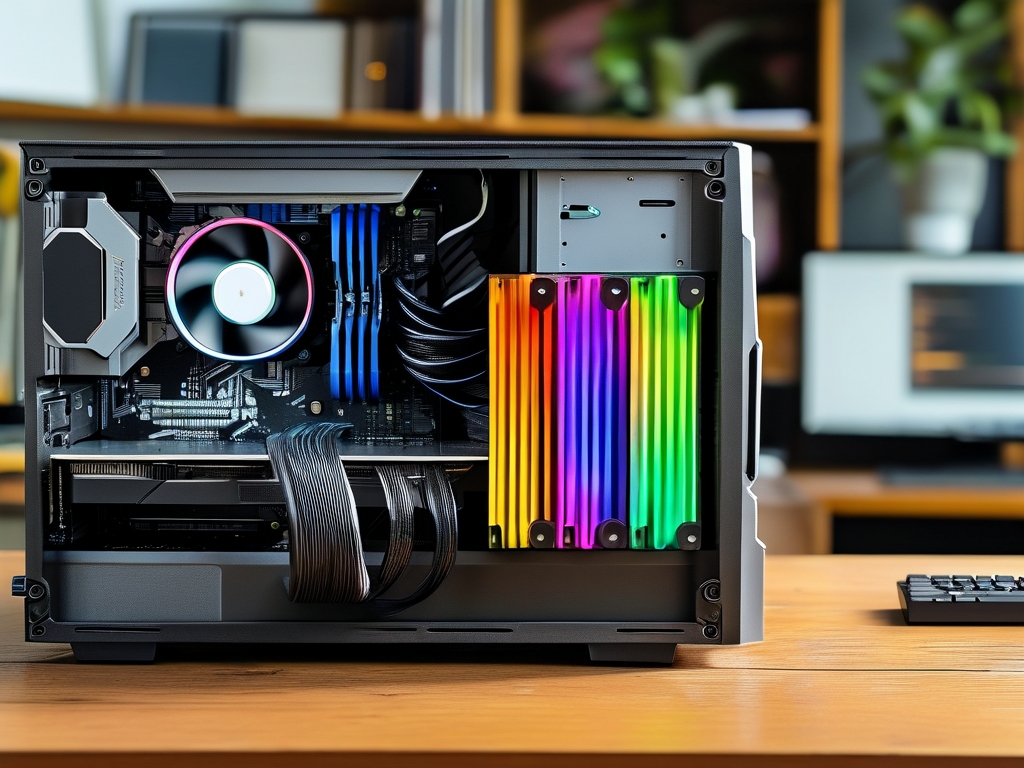Managing storage space on USB drives requires precision, especially when dealing with large files or multiple partitions. A USB drive memory calculator is an essential tool for this purpose, but many users struggle with accessing and operating it. This article provides a step-by-step guide to opening and utilizing this tool effectively, along with practical examples and troubleshooting tips.
Understanding USB Memory Calculators
A USB memory calculator helps estimate available space by analyzing file sizes, formats, and partition structures. Unlike basic system storage reports, specialized tools like "USBFlashCalc" or "DriveSpace Analyzer" offer granular insights. These applications often support advanced features such as cluster size optimization and FAT32/NTFS format comparisons.

Accessing Built-in Windows Tools
Most operating systems have native utilities. On Windows:
- Insert the USB drive and open File Explorer.
- Right-click the USB icon > Properties to view basic storage data.
For deeper analysis:Get-Volume -DriveLetter D | Select SizeRemaining, Size
Replace "D" with your USB drive letter. This PowerShell command reveals exact remaining space in bytes.

Third-Party Software Solutions
Dedicated applications like "TreeSize Free" or "WinDirStat" provide visual storage breakdowns:
- Download from official sources to avoid malware
- Install with default settings
- Select the USB drive from the interface dropdown
These tools display file distributions through color-coded charts, helping identify space-hogging files instantly.
Browser-Based Calculators
Web tools like "USB Capacity Calculator" (example.com) offer platform-independent solutions:
- Visit the website
- Input file quantities and types
- Select USB format (exFAT vs. NTFS)
The tool calculates estimated space requirements, accounting for metadata overhead. Test with a 64GB drive storing 4K videos:10-minute clip ≈ 3.5GB Estimated capacity: 18 clips ±2 (varies by codec)
Troubleshooting Access Issues
If the calculator won't launch:
- Update USB drivers via Device Manager
- Check for .NET Framework updates (required by many tools)
- Temporarily disable antivirus software during installation
Optimization Techniques
Maximize usable space by:
- Converting videos to HEVC format (25% space savings)
- Splitting drives into multiple partitions using Disk Management
- Setting cluster sizes matching typical file types (64KB for media, 4KB for documents)
Security Considerations
Always eject drives properly after calculations to prevent data corruption. For sensitive data, use encrypted calculators like "VeraCrypt" that factor in encryption overhead:
# Sample encryption space calculation
original_size = 15000 # MB
encrypted_size = original_size * 1.15 # 15% overhead
print(f"Required space: {encrypted_size} MB")
Mobile Integration
Android users can leverage apps like "DiskUsage" through OTG connections. iOS requires jailbreaking for full functionality but can view basic storage via Files app > USB location.
Advanced Use Cases
IT professionals often script storage analysis:
# Linux/macOS terminal command
df -h /Volumes/USBDRIVE | awk '/[0-9]%/{print "Free: "$4"/"$2}'
This returns available space in human-readable format.
Future Trends
Emerging AI-powered tools now predict storage needs based on usage patterns. Experimental browser extensions can even calculate space requirements before file downloads.
By mastering these methods, users can transform from casual USB users to storage optimization experts. Regular tool updates and format awareness (exFAT for cross-platform use, NTFS for Windows-only large files) further enhance efficiency.





